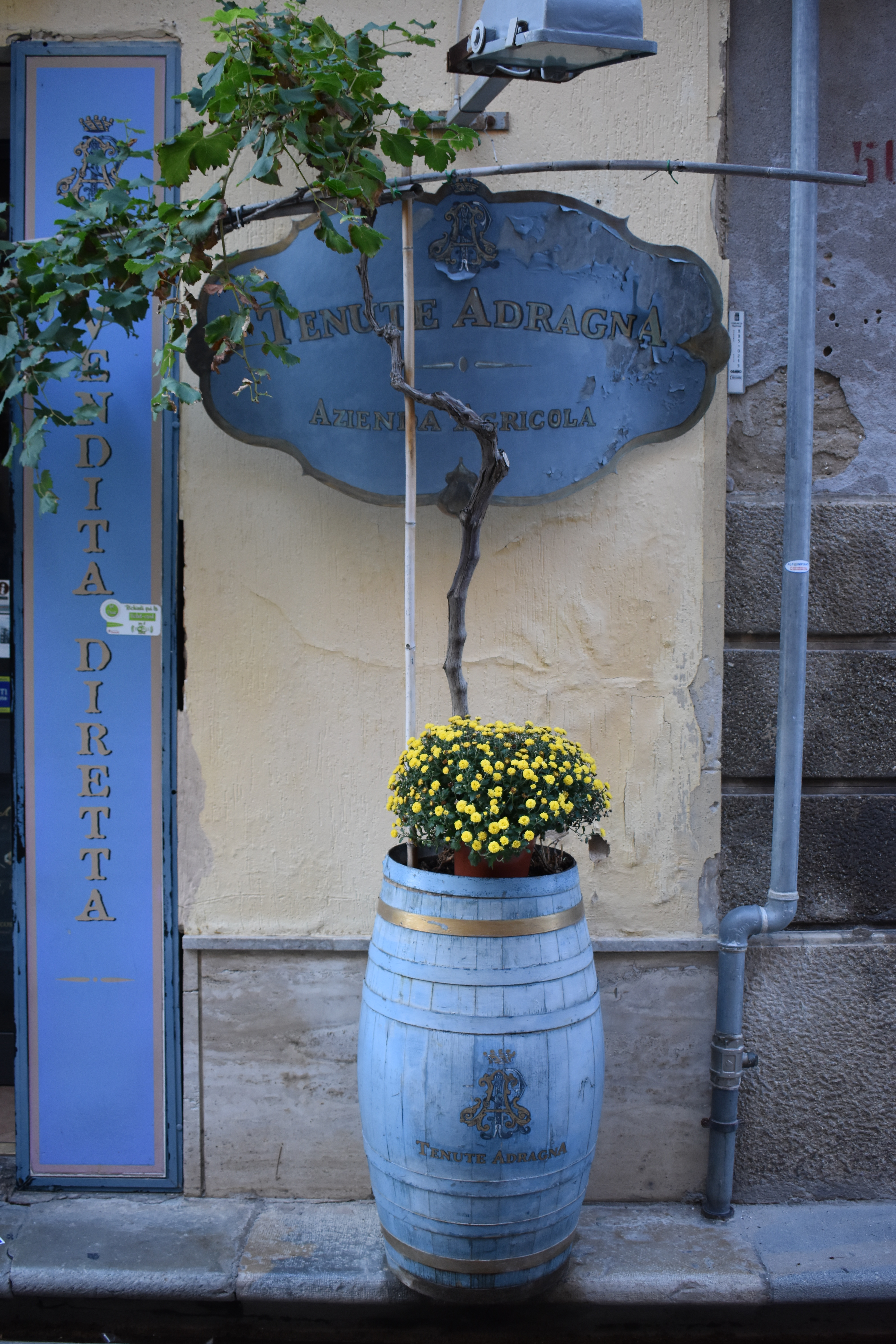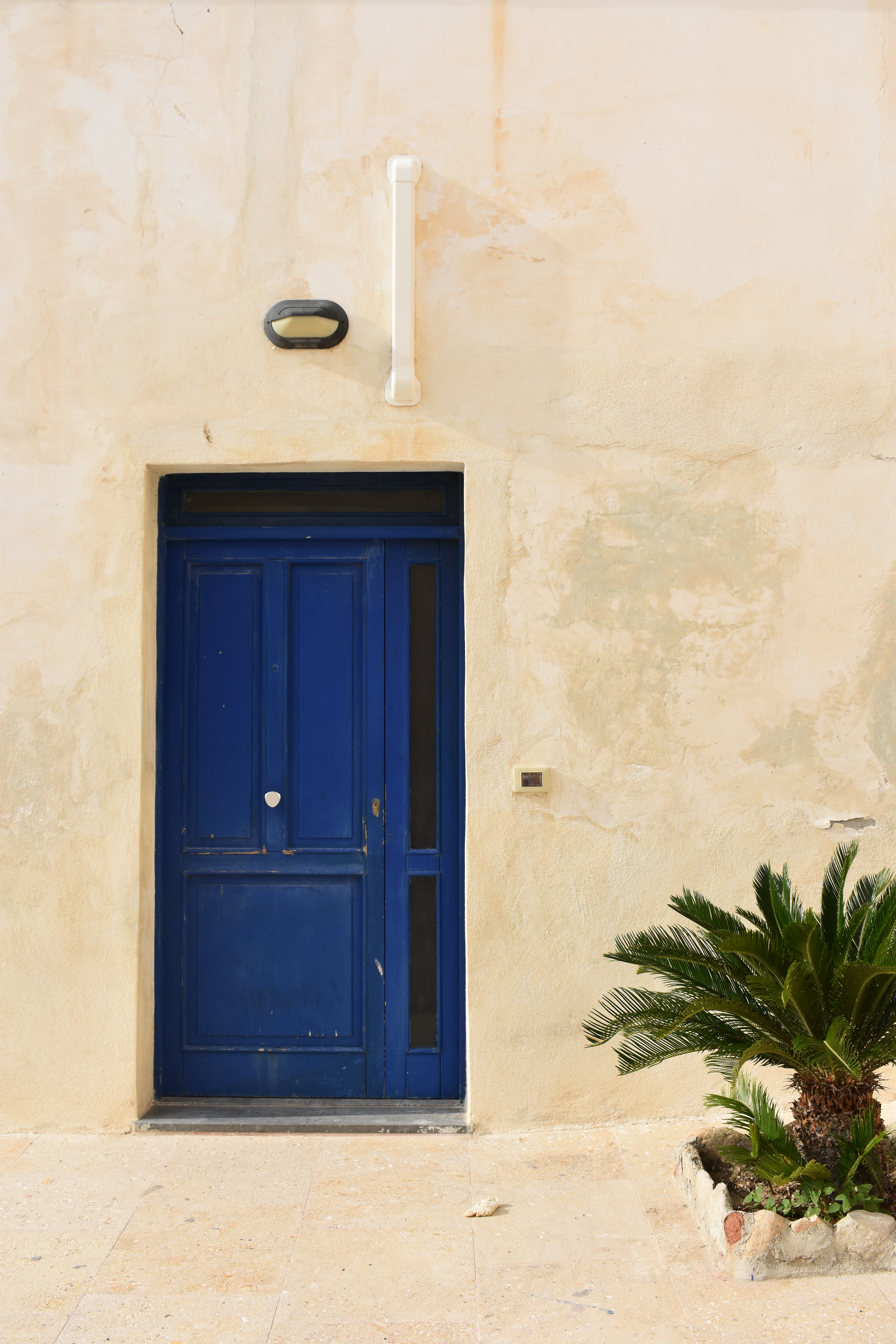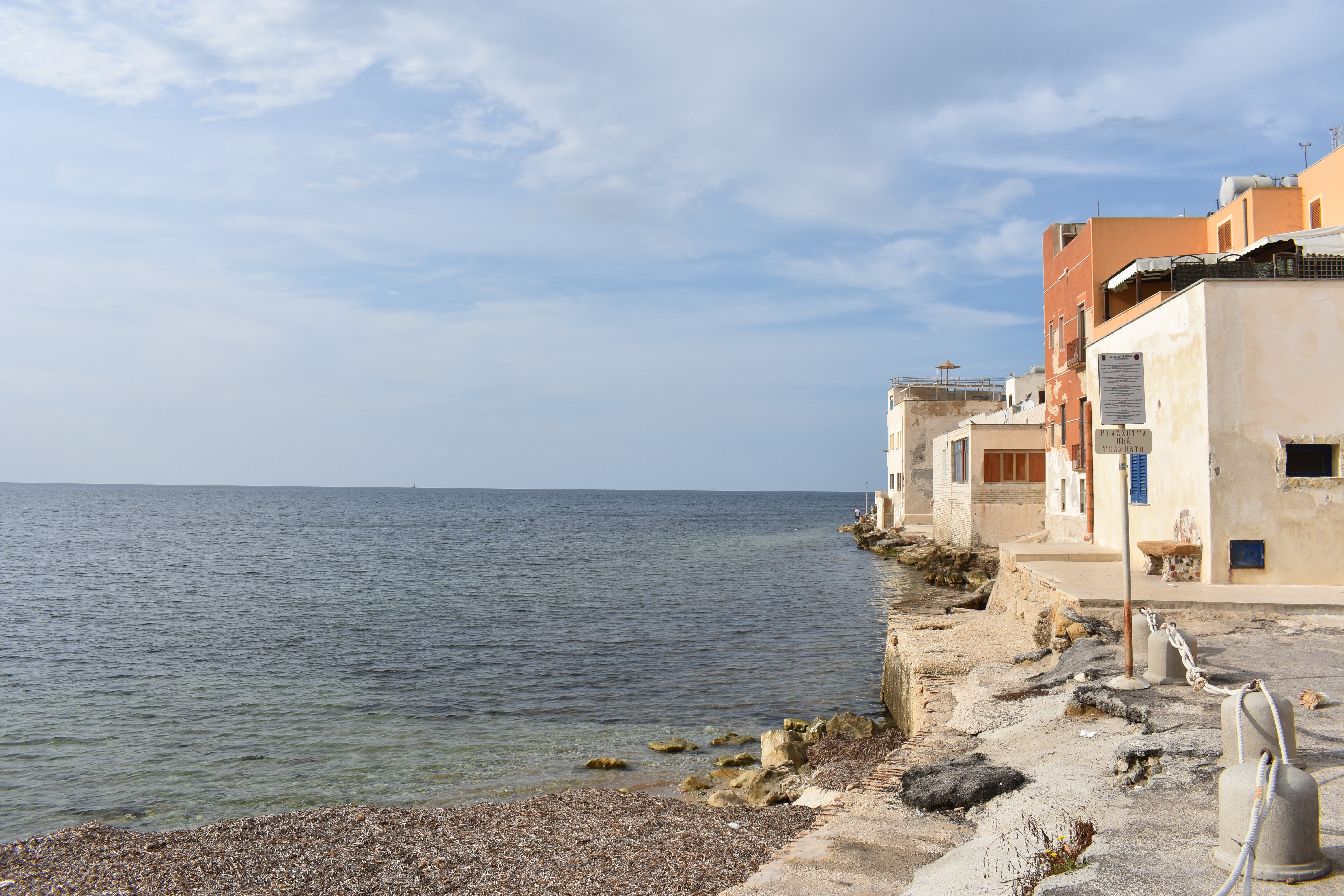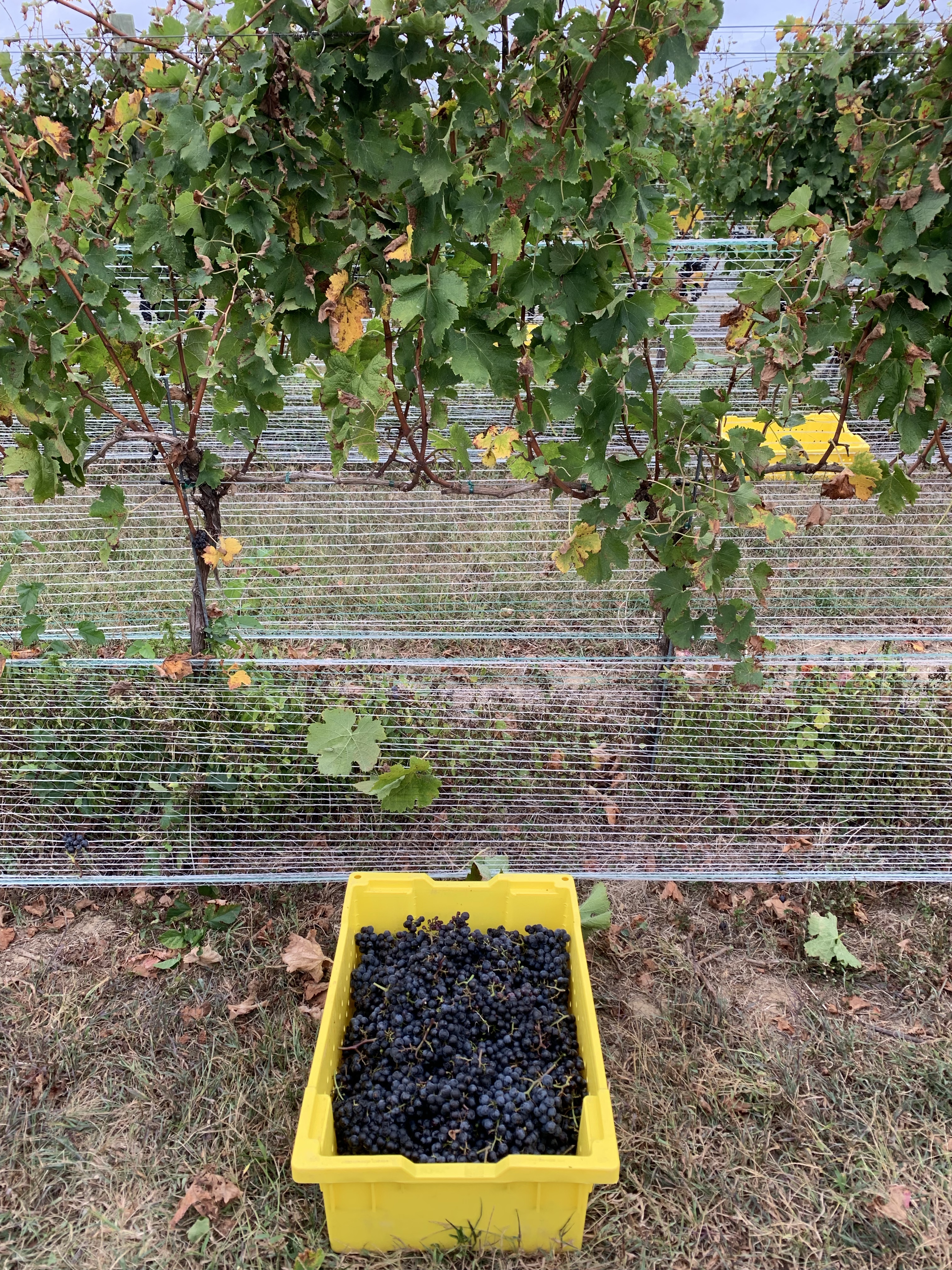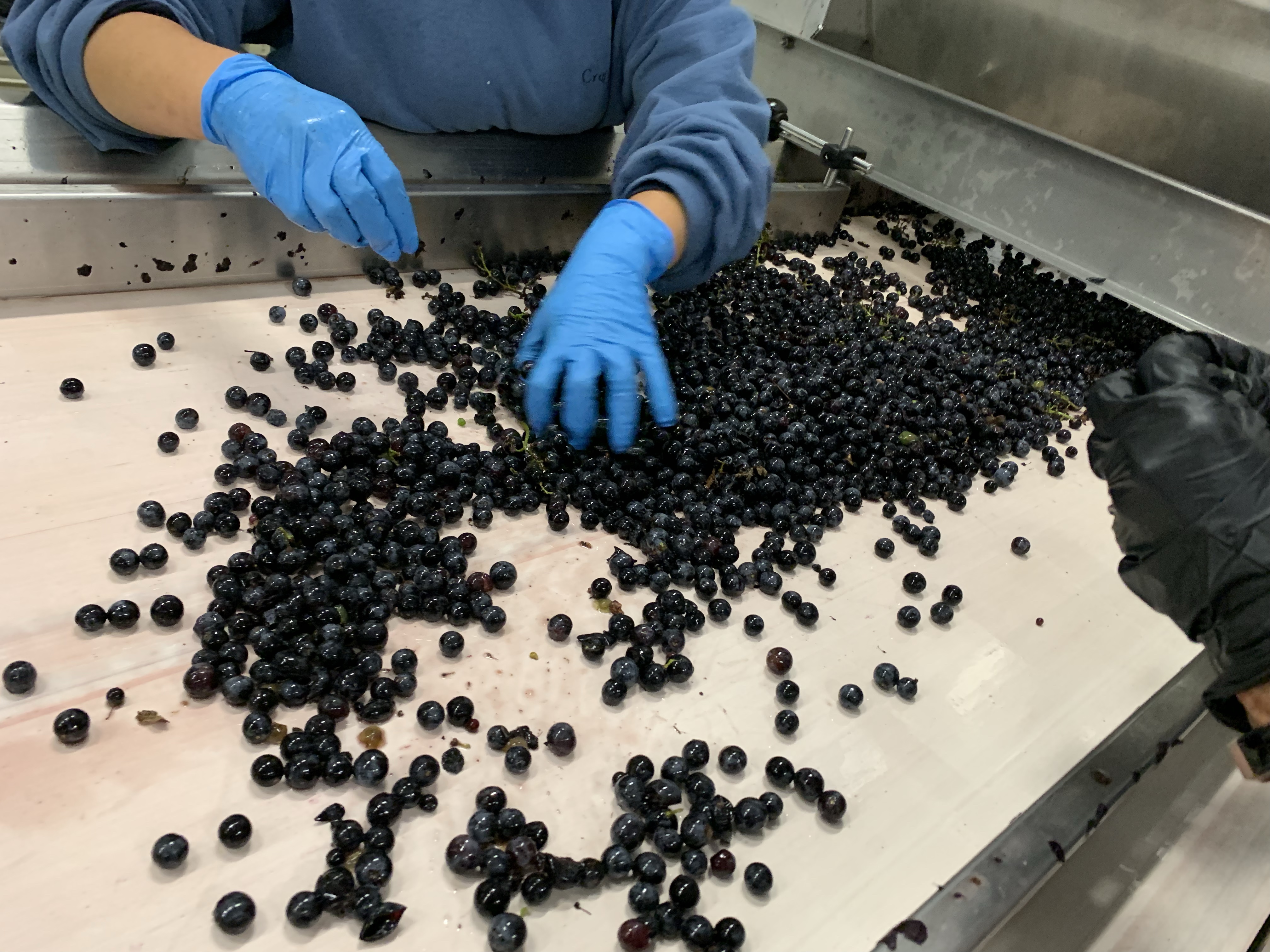I do a lot of walking when I travel. In fact, wandering around by foot is one of my favorite travel activities. Some people like driving vacations. I am not one of those people. I won’t get behind the wheel of a car once on this trip, and that’s how I like it.
I learn more about a place by walking. I save a ton of money (on rental fees, gas, parking) by walking, and I minimise stress by walking because I don’t have to research parking or deal with figuring out road signs in other languages.
In Italy, in particular, drivers are notorious for not following the rules, and parking is a headache. A potentially very expensive headache.
So, I walk. Today I put in 10,000 steps by noon. My first day here, when I made three trips to the grocery store alone, I logged more than 14,000. I get lost and turned around a lot, but that’s the only way to learn my way around.
Since walking is so key, footwear is paramount. I have spent years trying to find just the right shoes to bring on trips. On a trip to Prague years ago, I wore the only pair of shoes I brought on the plane. They were a pair of New Balance sneakers.
Throughout the entire trip, people would walk up to me and start speaking in English (usually to ask for money). I was baffled because this often happened when I hadn’t said a word, so it’s not like anyone heard my accent or that I was speaking English.
I got home and asked a European friend what gave away my American-ness. Was it my clothes? Surely it was my camera. What did I need to change to better fit in?
“Did you wear athletic shoes?” she asked.
“Athletic shoes are the only type of shoes I brought,” I said.
“That’s it,” she said. “Europeans only wear athletic shoes when they are doing athletic things. Americans wear them all the time.”
Ever since, I’ve tried to find alternatives for athletic shoes, but nothing has been as comfortable for all that walking.
This time, I think I found the perfect combination.
The perfect travel shoes aren’t just about what type of shoes I bring. It’s also about how many pairs of shoes I bring. I tried wearing the same pair of (yes, athletic shoes) on a long weekend in the US and my feet were killing me at the end of the three days. It turns out that changing up the shoes is as important as the shoes themselves.
A lot of travel gurus advise two pairs of shoes: a bigger pair of walking shoes to wear on the plane and a lower profile pair of sandals in your luggage. I have yet to be able to make that work, because I still won’t have anything cute enough to wear to a nicer dinner or outing or to dress any outfits up. I don’t dress up much when I travel, but I want to be able to if needed. I also want to be able to give my feet a break.
For this trip, I packed three pairs of shoes:
- Converse sneakers in classic white that I wore on the plane
- Keen Rose sandals (I have them in light gray/silver)
- Naot Kayla sandas (I have them in stone nubuck)
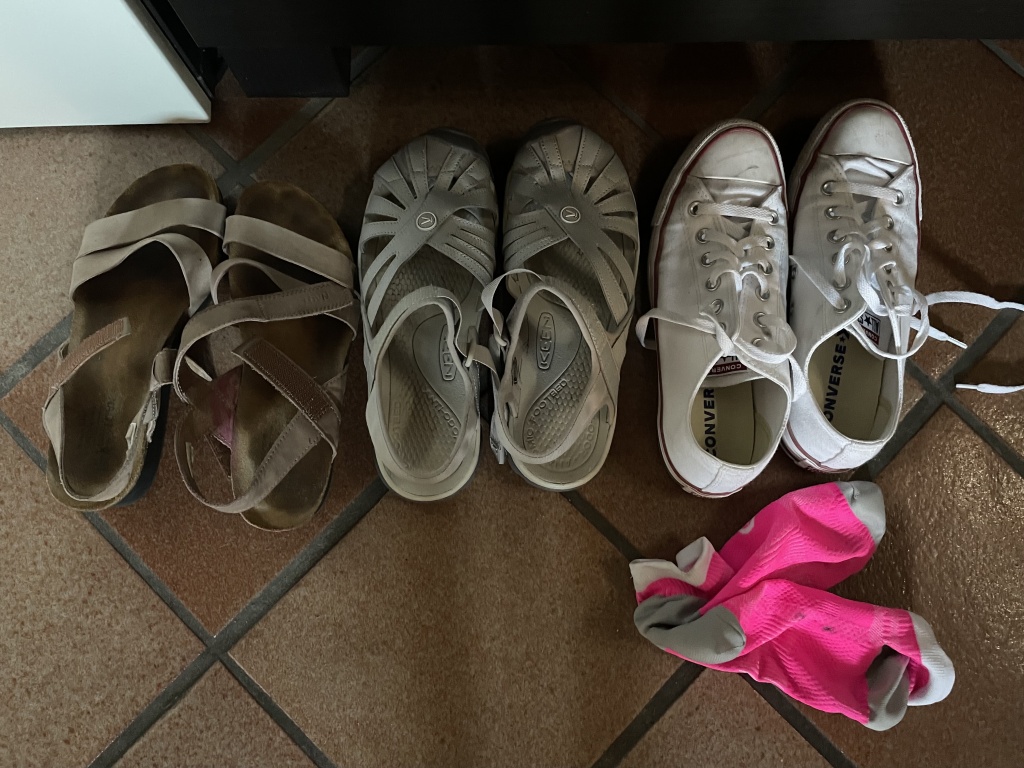
The converse are comfy, breathable, and go with everything, including the dress and skort that I brought.
The Keens are super comfortable, can get wet, and I can walk all day in them. They are my favorite pair of walking shoes ever. I even wear them to work (I teach 7th grade and am on my feet all day).
I would stop with just the two of them except I know how much happier my feet will be if I have a third pair of shoes in the mix. So, I include the Naot sandals. Don’t let the price tag scare you away. They are worth every single penny. They’re cute, can dress up anything, and are super supportive. I can walk all day in them, and have.
My main takeaways:
- Bring more than 1 pair of shoes; I prefer 3 pairs for long trips or trips where I know I’ll be doing a lot of walking
- There are plenty of travel writers/bloggers who advocate for packing light light light, and limiting shoes is one way they do it; that’s fine for some. It’s not for me. Keeping my feet happy when I travel is key to a good vacation, and that means a third pair of shoes for a trip where I’ll be doing a lot of walking.
- Try to avoid shoes that you would wear to the gym, otherwise you will be marked as a tourist immediately.
- Try to make sure one of your pairs is waterproof. Your feet will thank you on the inevitable rainy day.
As I wander on my current trip, I’m paying attention to what European women wear. On some level, I’ll always look like an American tourist. But I am noticing Birkenstocks everywhere, especially this super-cute style. I will keep that in mind when it comes time to replace my beloved Naots.
One last note: I only bring 2-3 pairs of socks. They’re easy enough to wash in the sink if needed. I like the ones pictured because they are compression-style athletic socks. They’re low profile so hardly visible when walking around and don’t scream “athletics”, yet offer some nice compression to help keep my feet from swelling up by the end of the day.
*I do not receive a commission for any of the products I mention in this post.
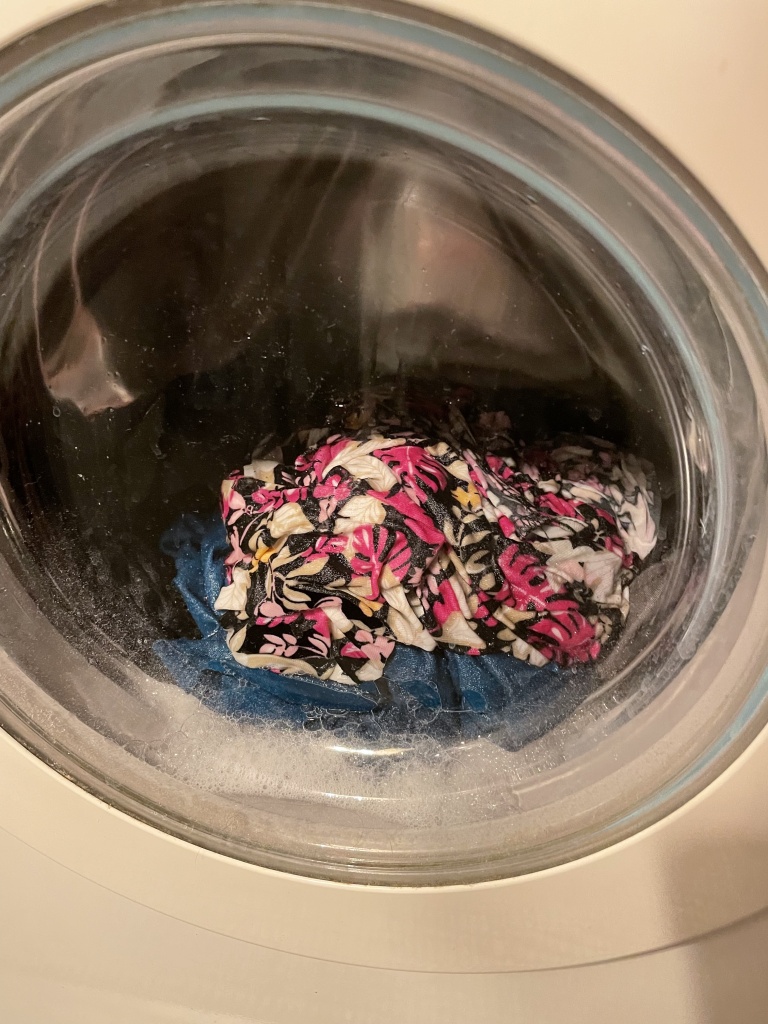
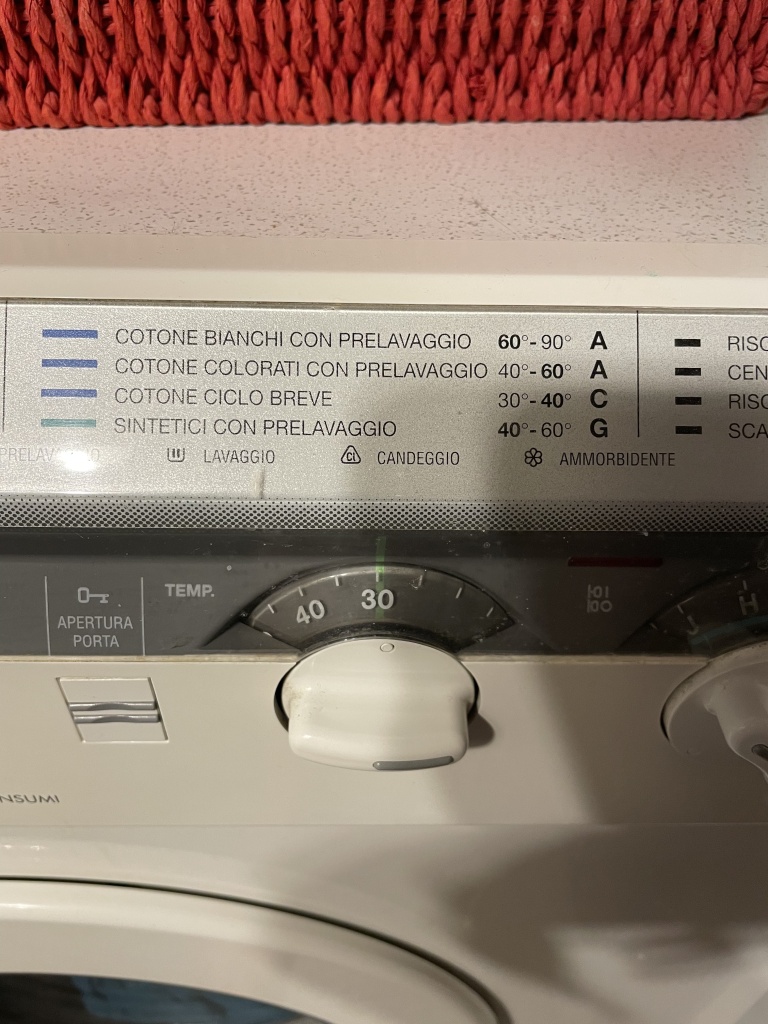
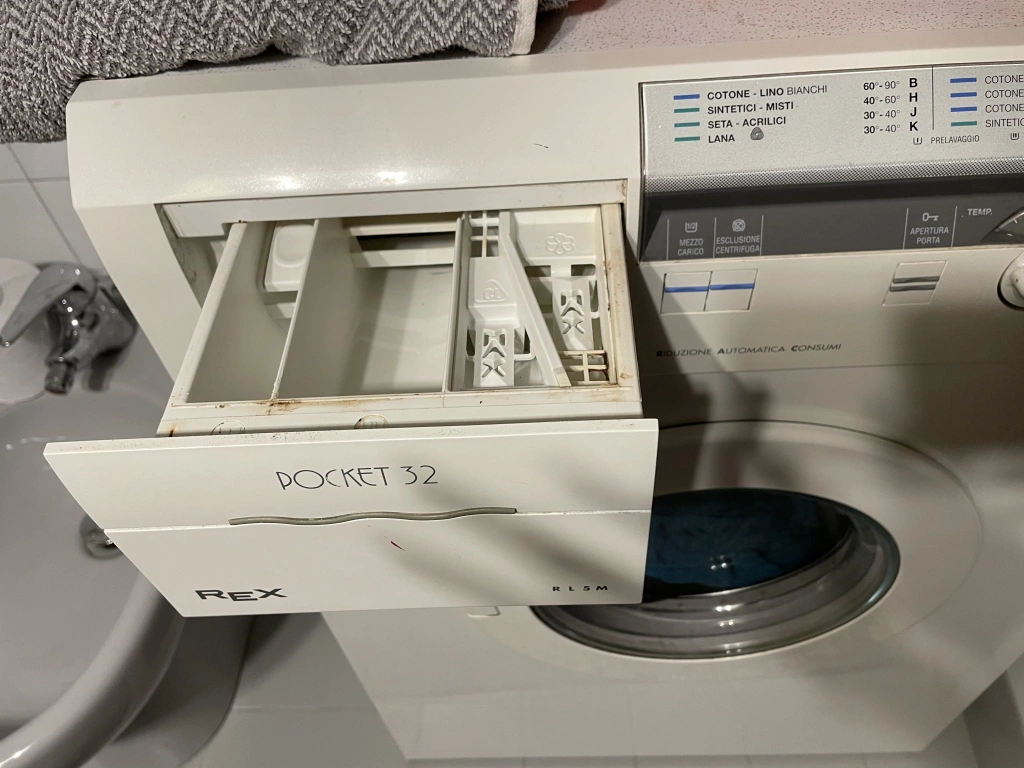
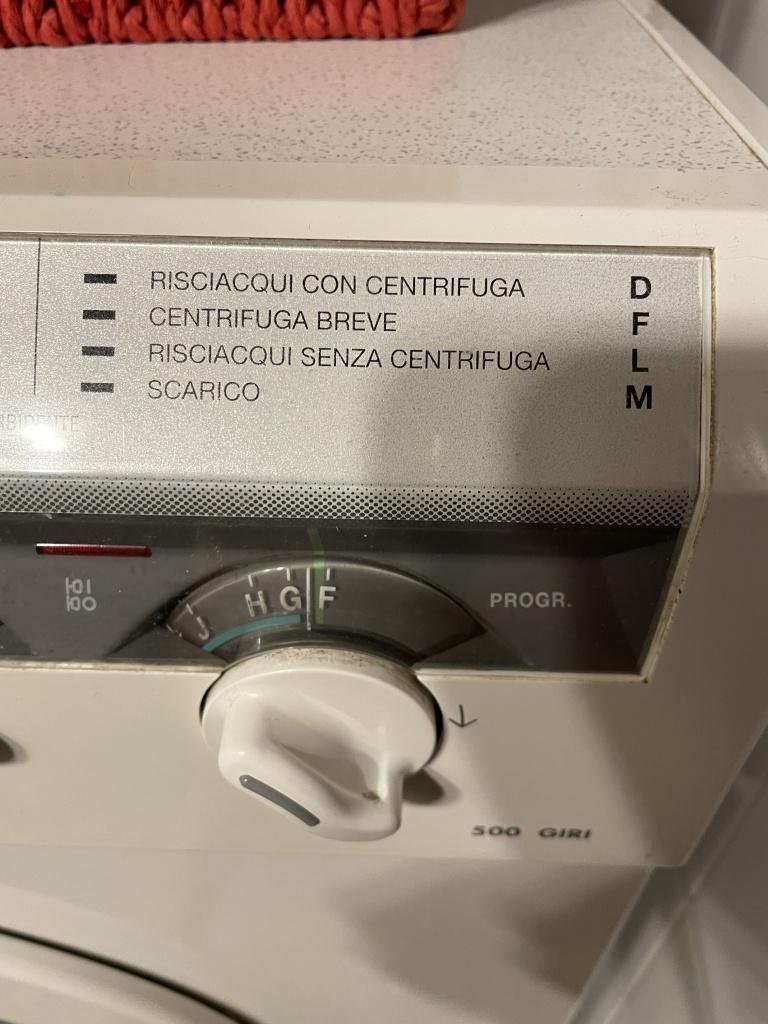
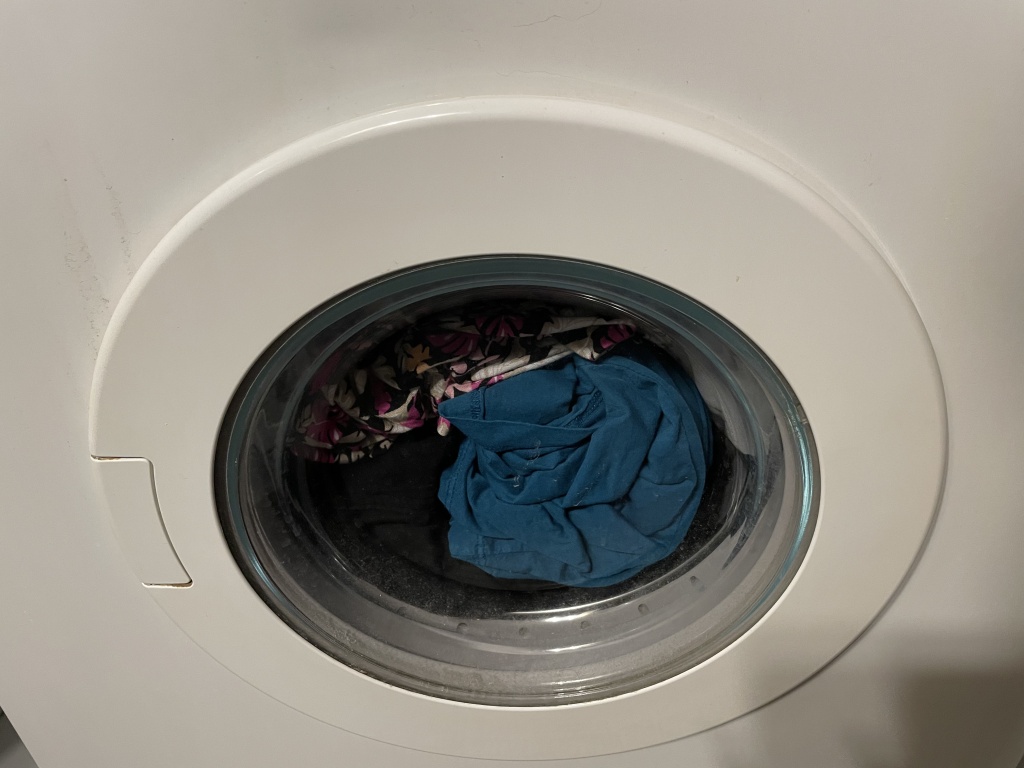
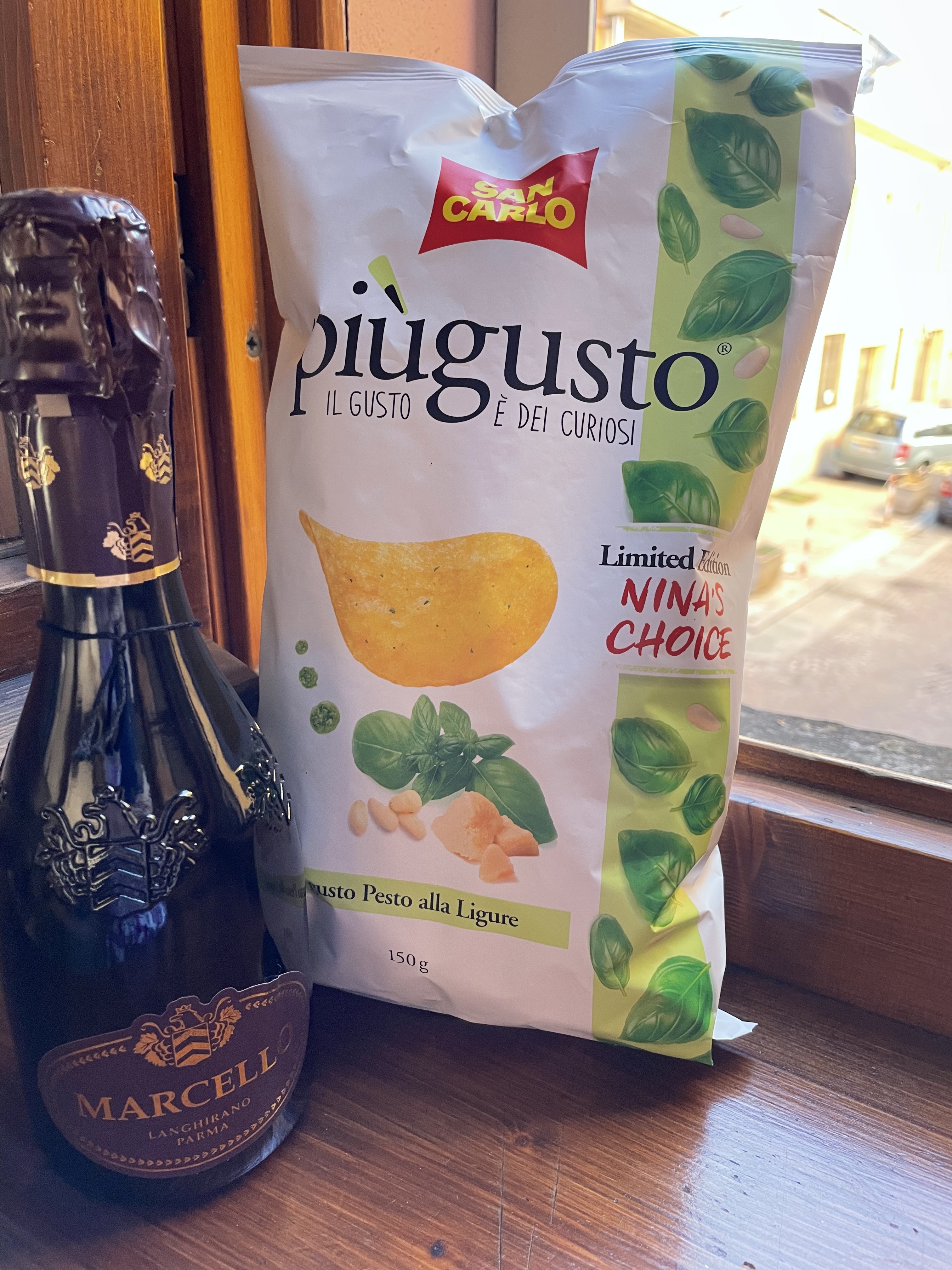

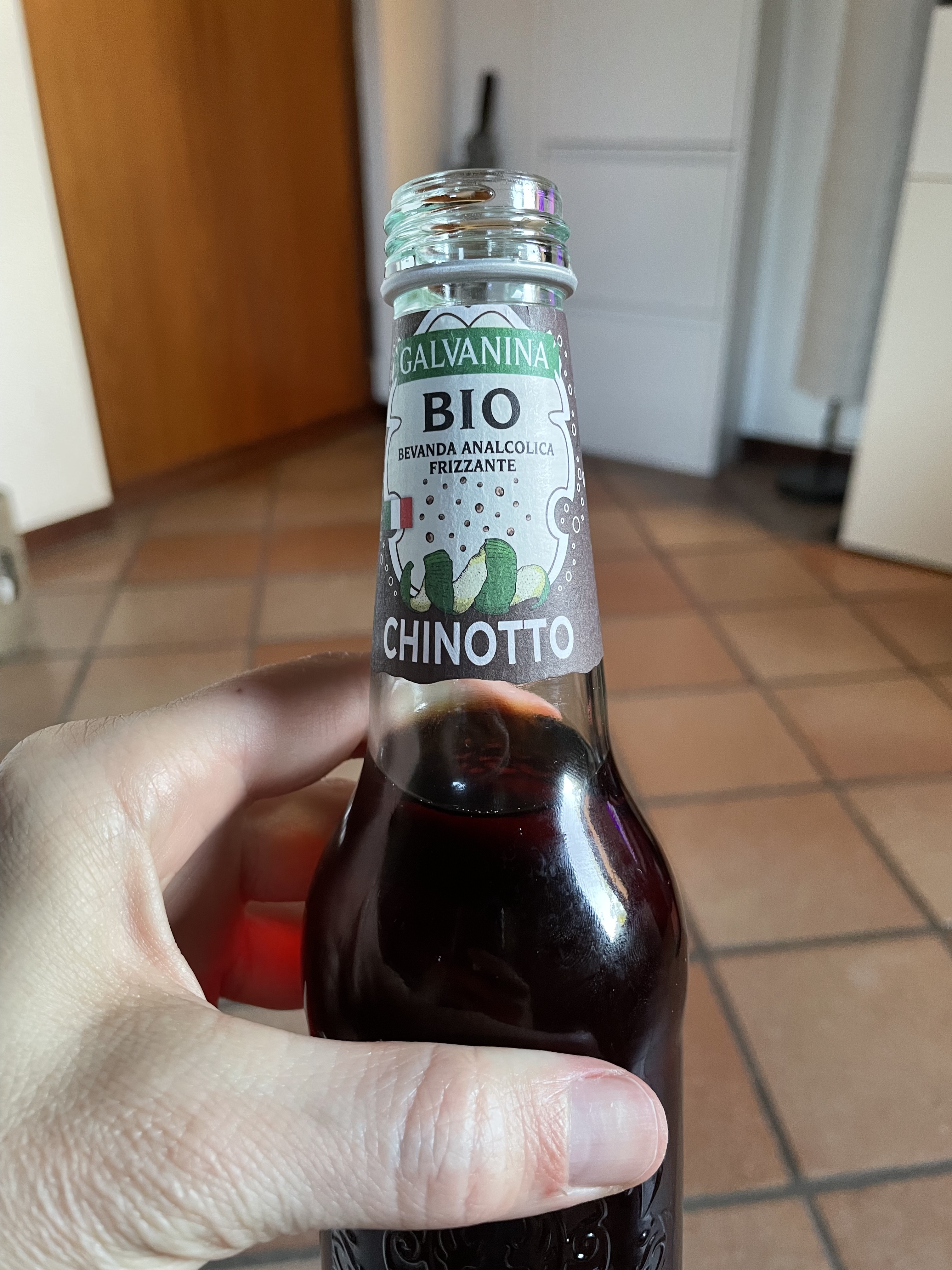
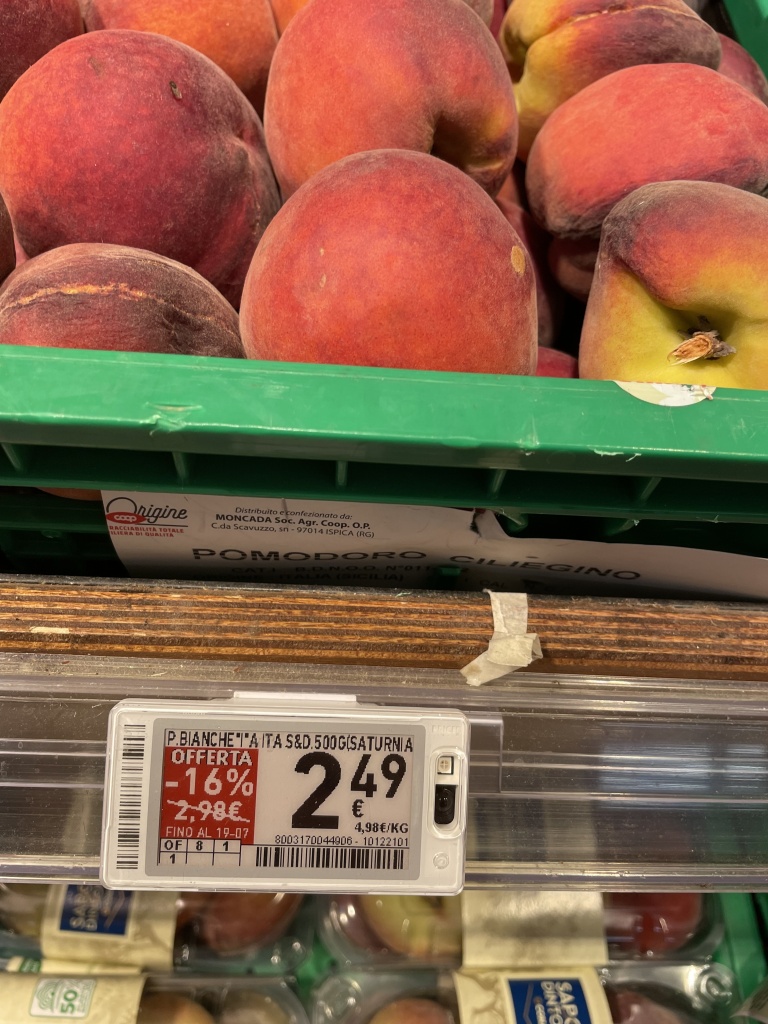
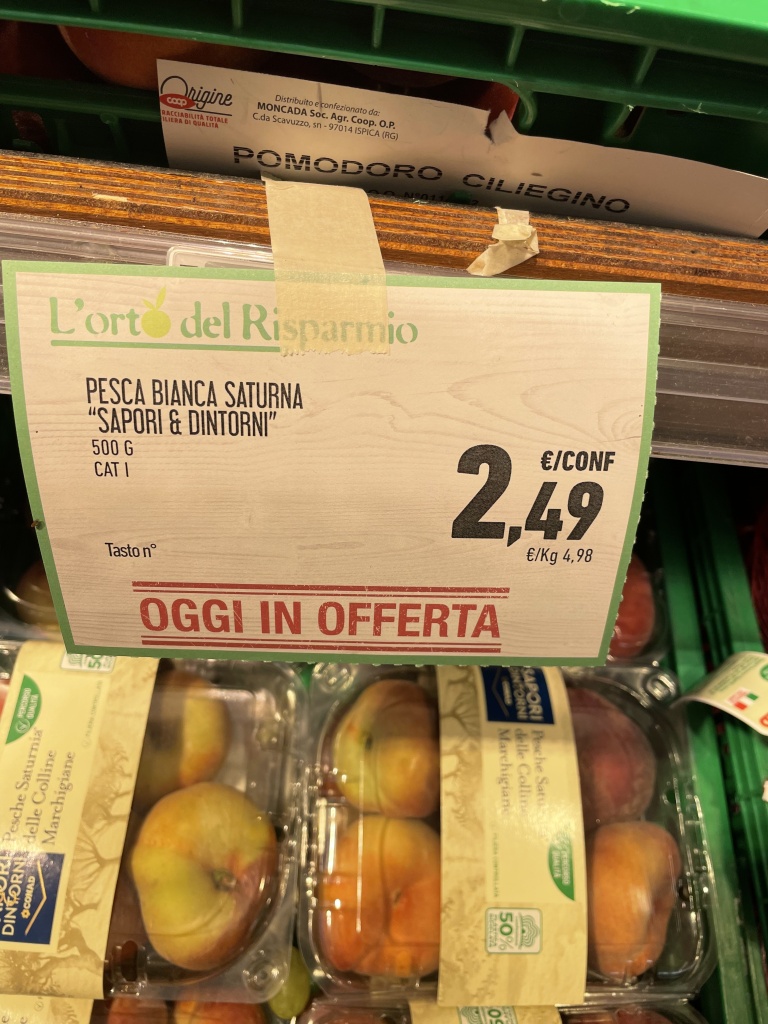
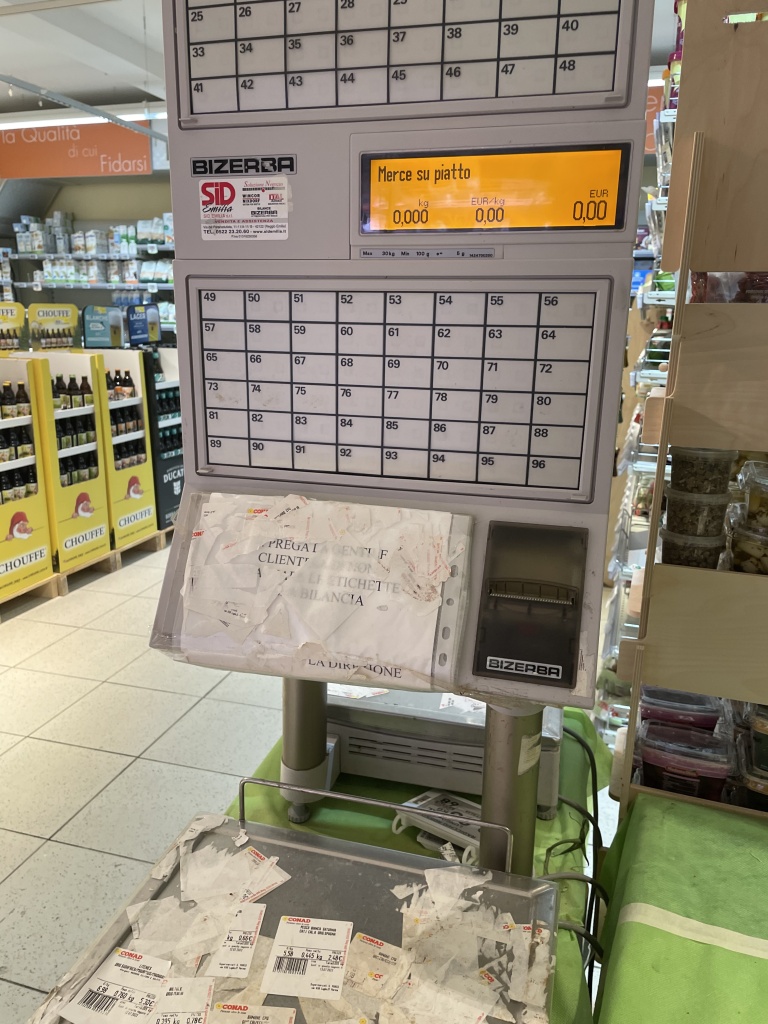
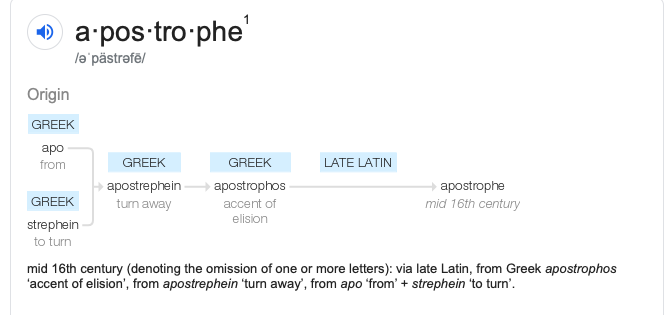
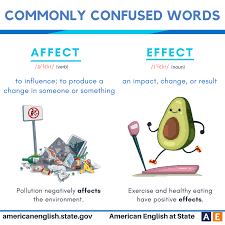 When it comes to whether or not to use “affect” or “effect” there’s a rule, and then there’s when to break the rule.
When it comes to whether or not to use “affect” or “effect” there’s a rule, and then there’s when to break the rule. I have exactly one album cover that I can share because I actually have Thoughts about the album. And you’re probably going to hate it because
I have exactly one album cover that I can share because I actually have Thoughts about the album. And you’re probably going to hate it because  University’s Newsroom for my latest piece,
University’s Newsroom for my latest piece, 